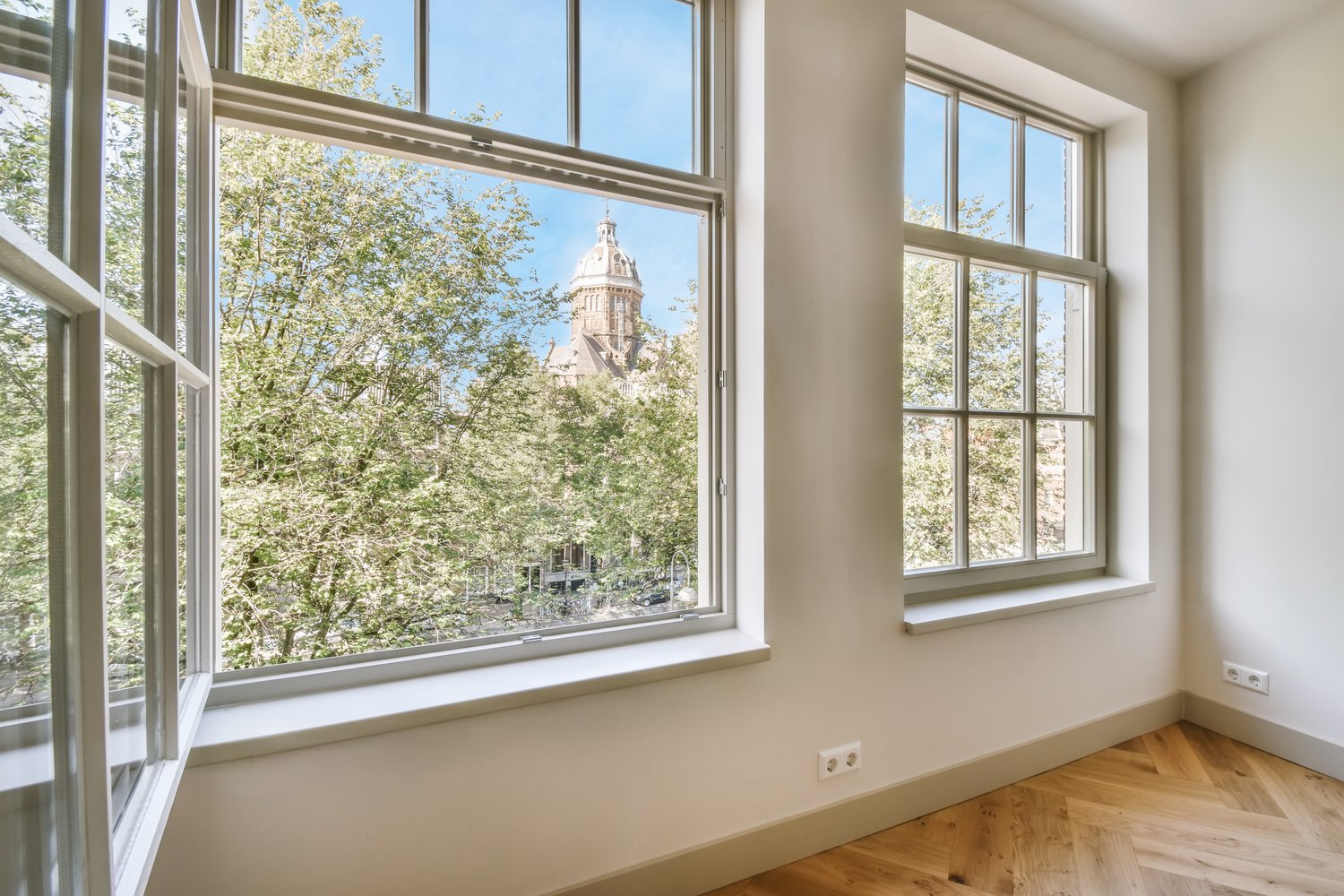Windows are crucial in your home’s comfort, energy efficiency, and overall appearance. Over time, even the best windows deteriorate, leading to various problems affecting your home’s functionality and your wallet. Recognizing the signs that new windows are needed early can save you from significant energy loss and more extensive damage to your home. This article explores the key indicators that it’s time to replace your aging windows, from subtle drafts to more obvious window failure signs that shouldn’t be ignored.
Persistent Drafts and Cold Spots
One of the most common old window problems homeowners experience is drafty windows. When you feel air movement near your windows, even when closed, it indicates that the seals have deteriorated. These drafts occur when the window frame has warped or the sealing materials have broken down, creating gaps where outside air can infiltrate your home. You might notice curtains moving slightly or feel distinct cold spots near windows during winter. Some homeowners try to address this temporarily with weather stripping or caulk, but these solutions rarely provide long-lasting relief. When drafts persist despite your best efforts to seal them, it’s one of the definitive signs that indicate when to replace windows in your home.
Condensation Between Glass Panes
Modern windows typically feature multiple glass panes with insulating gas sealed between them. When you notice foggy areas or water droplets forming between these panes, you’re witnessing a serious window failure sign. This condensation indicates that the seal has failed, allowing moisture to enter the space between panes and the insulating gas to escape. Unfortunately, there’s no effective repair for this problem — once the seal is compromised, the window’s insulating properties are permanently damaged. This issue is prevalent in older double-pane windows. When you observe this problem spreading to multiple windows, it’s a reliable indicator that replacement should be considered sooner rather than later.
Difficulty Opening, Closing, or Locking
When your windows become challenging to operate, it’s more than just an inconvenience — a functional problem indicating deterioration. Windows that stick, jam, or require excessive force to open and close are experiencing issues with their frame integrity. This often occurs as wooden frames absorb moisture, causing them to swell and warp over time. Metal frames can become demanding or challenging as components rust or mechanisms wear out. Beyond the annoyance factor, windows that don’t close or lock properly create security vulnerabilities and allow air leakage. According to home security experts at AskHomey, windows that don’t function properly can compromise your home’s safety and energy efficiency, making this a critical sign to consider replacement.
Rising Energy Bills
A subtle but financially significant sign that you need new windows comes from gradually increasing energy bills. When windows fail to provide proper insulation, your heating and cooling systems must work harder to maintain comfortable temperatures. This increased energy consumption directly translates to higher utility costs. Many homeowners don’t immediately connect their rising energy expenses to window performance, but it’s one of the most compelling economic reasons to consider replacement. Modern energy-efficient windows can significantly reduce heating and cooling costs, with many homeowners reporting 10-25% savings after installing high-performance windows. If you’ve noticed your energy bills creeping upward despite similar usage patterns, your windows might be the hidden culprit.
Visible Damage and Deterioration
Perhaps the most obvious window failure signs are those you can readily see. Frames that show rot, decay, or warping require immediate attention. Wood frames are susceptible to moisture damage, spreading beyond the window into surrounding wall areas if left unaddressed. Cracked glass, damaged hardware, and deteriorating weather stripping all compromise window performance. Even minor cracks can expand over time due to temperature fluctuations, eventually leading to complete failure. When examining or cleaning your windows, pay special attention to the condition of frames, sashes, and the area where the window meets the wall. Visible damage in these areas strongly suggests replacement rather than repair as the more cost-effective long-term solution.
Excessive Outside Noise
If street sounds, neighbor conversations, or barking dogs seem increasingly intrusive in your home, your windows might fail at their sound-dampening function. Modern dual or triple-pane windows with proper sealing significantly reduce sound transmission compared to older single-pane models. When window seals deteriorate or glass becomes thinner due to stress, outside noise becomes more noticeable indoors. This decrease in sound insulation quality is a subtler sign indicating when to replace windows. Still, it can significantly impact your home’s comfort level and quality of life, especially in busy urban environments or homes near major roadways.
For more tips and to connect with reliable home service professionals, follow AskHomey on Facebook and Instagram.



